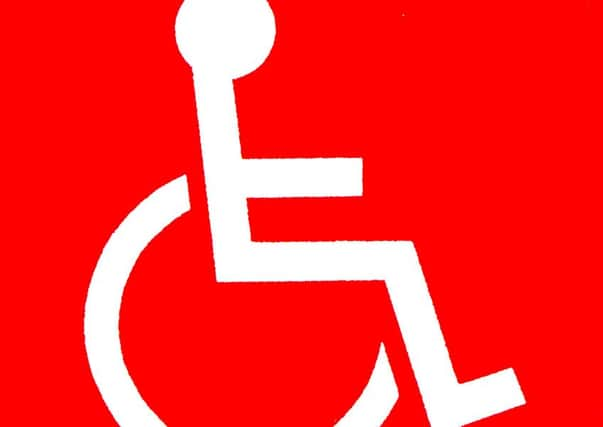DLA still on rise despite Government shifting people off it


As of August, the number of people receiving DLA stood at 214,260 – an increase of 7,280 compared with the same time a year earlier.
This is 11.47% of the entire Northern Irish population – roughly twice as high a proportion as that seen on mainland UK.
Advertisement
Hide AdAdvertisement
Hide AdThe new figures – released yesterday by the Department of Communities – mean that it is now at least the 22nd quarter in a row when the number of claimants has risen.
The overall upward trend has been going on since 1996..
The new rise of more than 7,000 recipients happened despite the fact that in June the Northern Irish government began the process of replacing DLA with Personal Independence Payments (PIPs).
Asked what accounts for the ongoing rise, a departmental spokesman said the “existing DLA caseload reflects the number of people who claimed and met the entitlement criteria for this benefit”.
It added that “robust monitoring arrangements are in place to ensure decisions on DLA entitlement are made correctly”.
Advertisement
Hide AdAdvertisement
Hide AdWhen it had released comparable figures about DLA this time last year, the News Letter revealed that since 2010 the number of people receiving DLA in the Province had grown by 21,700 – prompting the TaxPayers’ Alliance to state that Northern Ireland’s DLA figures were “quite concerning, particularly when compared to other regions”.The growing cost of the roster of recipients was also reported at the time, with the News Letter pointing out that while the total DLA spending stood at £753m in 2010/11, by 2014/15 this had risen to £956m.
Delving deeper into the latest data also shows slightly more women (5,440) than men claim DLA, and that the most common age group for recipients is from 55 to 59-years-old.
The fresh figures also reveal that the average weekly payment received by someone on DLA now stands at £91.31 – having risen steadily from £77.51 at the start of 2011.
The area with the highest rate of recipients is Strabane (16.1%), and the lowest is Ballymena (8.5%).
WHAT ARE PIPs?
Advertisement
Hide AdAdvertisement
Hide AdIn 2013, the government began moving people in Great Britain off DLA and on to PIPs. This change has only begun now in Northern Ireland.
It affects people aged 16 to 64 – others can still get DLA.
According to charity Action on Hearing Loss, “unlike DLA, all awards of PIPs will be reviewed on a regular basis, even if you are permanently disabled”.
It added: “You will need to have a medical assessment by an independent health professional to see if you can get PIP – entitlement to DLA was based on the information you or your GP provided, but the government fears that this resulted in overpayments and bogus claims.”